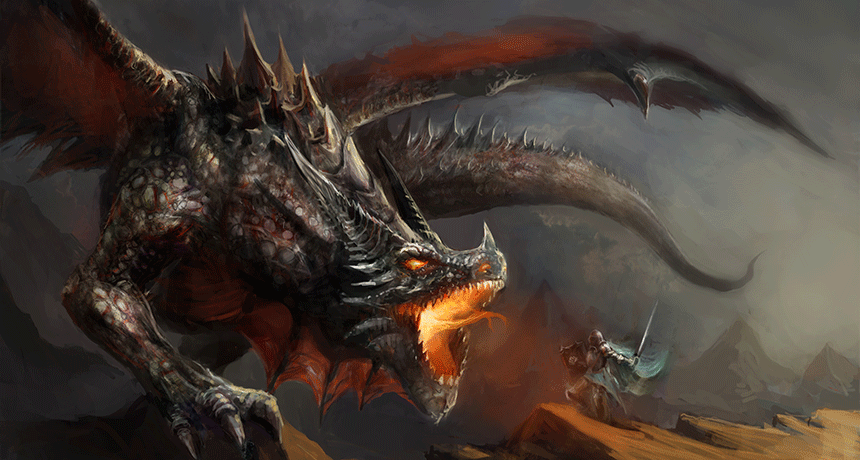What is a Cladogram?
Cladograms, or Clads, are graphs that show the common ancestry between different species. Cladograms use morphology (traits) and genetic evidence to show evolutionary lineages. Organisms that share many traits share a recent common ancestor and appear near one another on the cladogram. Organisms that share few traits share a more distant common ancestor and appear farther away from one another on a cladogram.
| This is a Clad | This is Chad |
|---|---|
 |  |
Great. Chad’s back.
He never left.
Can you please drop the Chad thing now?
No. Chad cannot be defeated by a mere mortal such as myself.
You do know that dragons are not real, right?
You’re not real.
Just like Chad.
If Chad’s not real, then explain why there’s dragon dung in my backyard.
Wait. Is that elephant dung?
Maybe.
Where did you get elephant dung?
From an elephant.

The zoo.
Who goes to the zoo and takes elephant dung?
Biologists.
And they let you?
It’s one of the perks of being a biologist.

Interpreting a Cladogram
Here is how you interpret a cladogram:
- The oldest organism with the least traits is at the bottom of the cladogram. The oldest organism is the outgroup.
- The more traits organisms have in common, the closer the relationship (common ancestor).
- Traits placed on the main line are seen in all of the organisms afterward.
- Traits on the branching lines are unique to the organisms of that branch.

Questions Based Off of the Clad Above
- Which plant species is the outgroup? _____________________
- Which plants have seeds? ____________________________
- Pine trees are more closely related to flower plants than ferns. Why? _________________________
- Where would you place pollen on the clad if you know that moss and ferns do NOT make pollen, but pine trees and flowers do? _______________________
- Where would you place spores if you know that all plants produce spores? _________________________
- Where would you place cones on if you know that only pine trees make cones? ____________________________

Constructing a Cladogram
Constructing a cladogram is like solving a puzzle. Here are a few tips to remember:
- The organism with the fewest traits starts at the beginning of the mainline, and the organisms with the most traits are at the end of the mainline.
- The organism with the fewest number of traits is the outgroup
- If an organism has a unique trait, it goes on the branching line leading to the organism.
An X in the data table below means the organism has that trait.
| Trait | Lamprey | Sea Bass | Bald Eagle | Alligator | Antelope |
|---|---|---|---|---|---|
| Digestive System | x | x | x | x | x |
| Jaws | x | x | x | x | |
| Lungs | x | x | x | ||
| Shelled Eggs | x | x | |||
| Feathers | x | ||||
| Fur and Milk | x |
